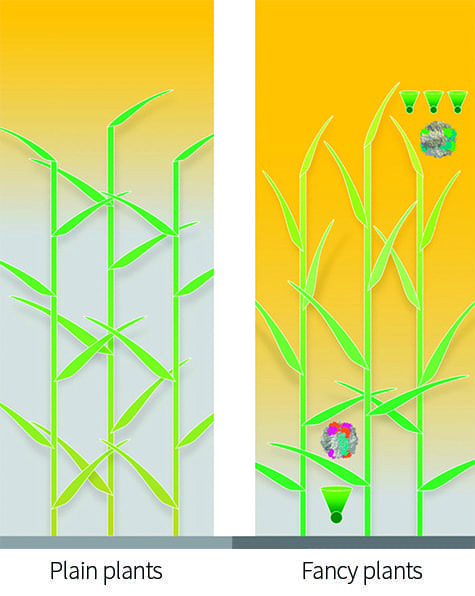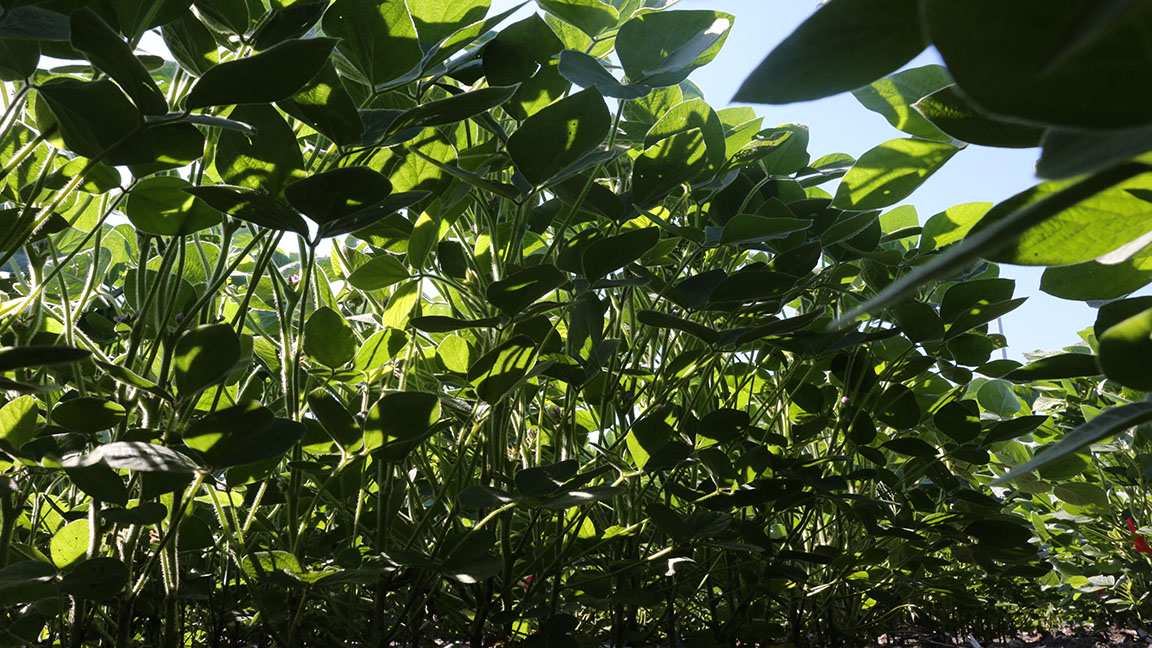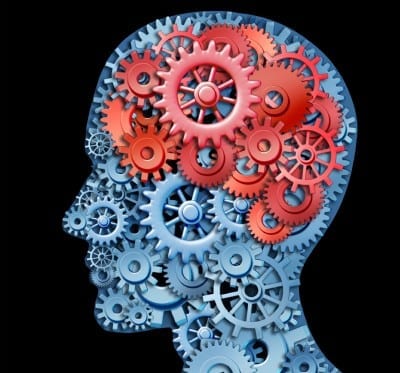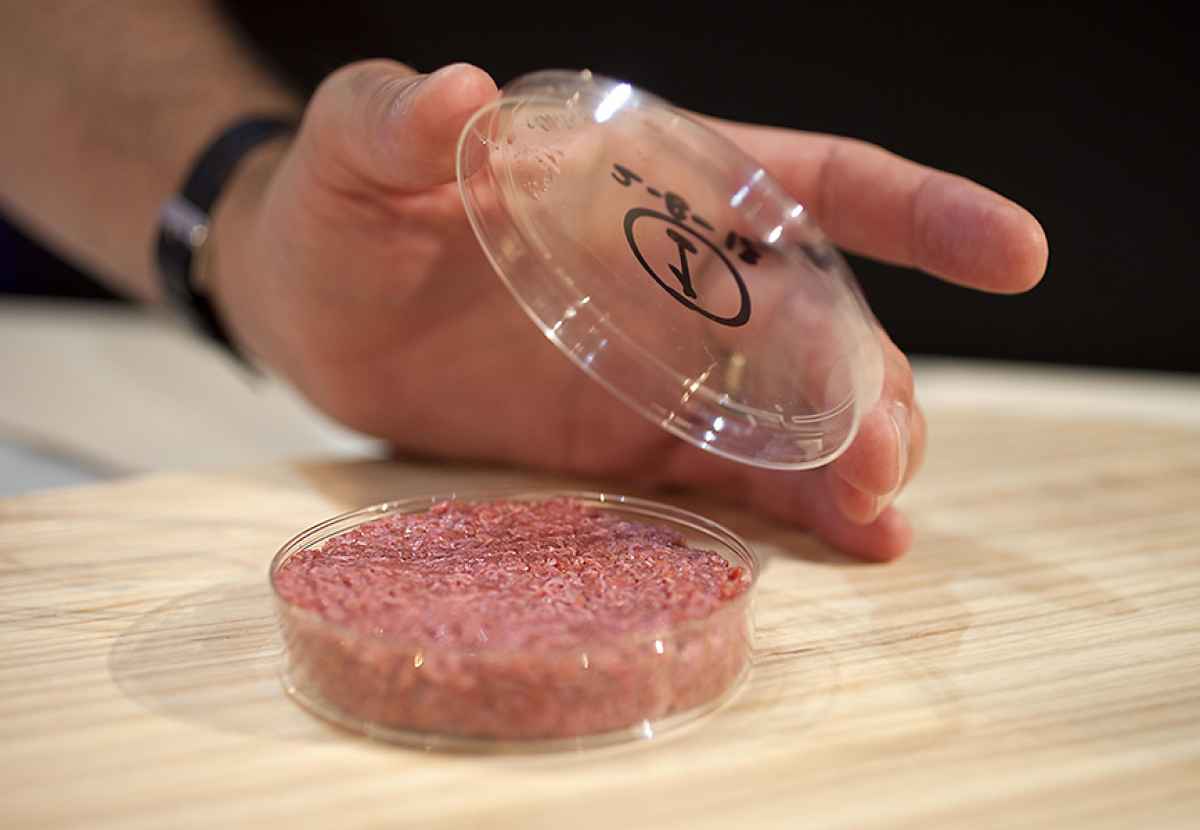
Can scientists hack photosynthesis to feed the world as population soars?
The world population, which stood at 5 billion in 1950, is predicted to increase to 10.5 billion by 2050. It’s a stunning number since it means the planet’s population has doubled within the lifetimes of many people alive today.
At the same time, arable land is shrinking and crop productivity is stagnating.
The last time population outran agricultural productivity, we were rescued by the Green Revolution, an increase in the harvest index (the amount of the plant’s biomass partitioned into grain) achieved through classical plant breeding. Today’s ears of corn are huge compared to those harvested in the 1920s.
But the harvest index can be pushed only so far; a plant can’t be 100-percent grain. And as the harvest index approaches its theoretical limit, gains in crop productivity have plateaued.
Is there another rabbit plant scientists can pull out of the hat? One possibility is to redesign photosynthesis, the process by which plants convert sunlight and carbon dioxide into sugar and the ultimate source of all food, unless you’re a chemosynthesizing bacterium.
Photosynthesis, scientists will tell you, is stunningly inefficient. “We expect the solar cells we put on our rooftops to be at least 15- or 20- percent efficient,” said Robert Blankenship, PhD, the Lucille P. Markey Distinguished Professor of Arts and Sciences at Washington University in St. Louis. “A plant is at best one-percent efficient.”
Photosynthesis is the only determinant of crop yields that is not close to its biological limits, he said. It’s the one parameter of plant production that has not been optimized.
“A plant is probably never going to reach solar cell efficiencies, but solar cells are not going to make you lunch,” Blankenship said. “If we can double or triple the efficiency of photosynthesis — and I think that’s feasible — the impact on agricultural productivity could be huge.”
But how could this be done? In May 2013 Donald Ort and Sabeeha Merchant organized a workshop at Cold Spring Harbor Laboratory where a group of the world’s top plant scientists slipped the leash of scientific caution and tried to imagine what they would do if they could redesign plants at will. Blankenship was a workshop participant and agreed to summarize some of ideas that came out of the workshop, which are described in more detail in an article published in the July 14 issue of Proceedings of the National Academy of Sciences.
Layering the canopy
One clever idea was to design a smart canopy, a layered canopy of plants that would interact cooperatively to maximize photosynthetic efficiency. The canopy might exploit several tricks to wring the maximum productivity out of light as it filtered through the leaves to the ground.
Read more: Smart cornfields of the future
The Latest on: Redesigning photosynthesis
[google_news title=”” keyword=”redesigning photosynthesis” num_posts=”10″ blurb_length=”0″ show_thumb=”left”]
via Google News
The Latest on: Redesigning photosynthesis
- These 10 Sustainable Home Technologies Will Change the Way We Liveon April 13, 2024 at 11:22 am
Attainable, Sustainable Home Tech Is Flourishing From avoiding pervasive plastic packaging to abating energy-guzzling HVAC systems, trying to be sustainable at home is a dizzying pursuit. Even those ...
via Bing News










